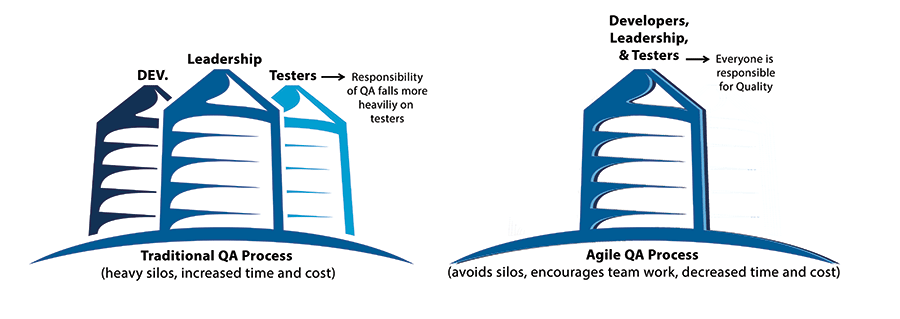Menu
- Home
- Solutions
- Solutions Overview
- Optimization and Assessments
- Fractional IT Professionals
- Modern Software Delivery Consulting
- Financial Specialties
- Agile Transformation, Coaching & Training
- DevOps Transformation Services
- Continuous Integration & Delivery
- Software Testing Facility
- Selenium Automation
- Emerging Experts Program: On-Demand Test Teams
- Mobile Testing Services
- Software Test Automation
- Services Testing & Automation
- Manual Testing
- Performance Testing
- Quality Process Improvement
- Experience
- Resources
- Connect
- Home
- Solutions
- Solutions Overview
- Optimization and Assessments
- Fractional IT Professionals
- Modern Software Delivery Consulting
- Financial Specialties
- Agile Transformation, Coaching & Training
- DevOps Transformation Services
- Continuous Integration & Delivery
- Software Testing Facility
- Selenium Automation
- Emerging Experts Program: On-Demand Test Teams
- Mobile Testing Services
- Software Test Automation
- Services Testing & Automation
- Manual Testing
- Performance Testing
- Quality Process Improvement
- Experience
- Resources
- Connect
- Home
- Solutions
- Solutions Overview
- Optimization and Assessments
- Fractional IT Professionals
- Modern Software Delivery Consulting
- Financial Specialties
- Agile Transformation, Coaching & Training
- DevOps Transformation Services
- Continuous Integration & Delivery
- Software Testing Facility
- Selenium Automation
- Emerging Experts Program: On-Demand Test Teams
- Mobile Testing Services
- Software Test Automation
- Services Testing & Automation
- Manual Testing
- Performance Testing
- Quality Process Improvement
- Experience
- Resources
- Connect
